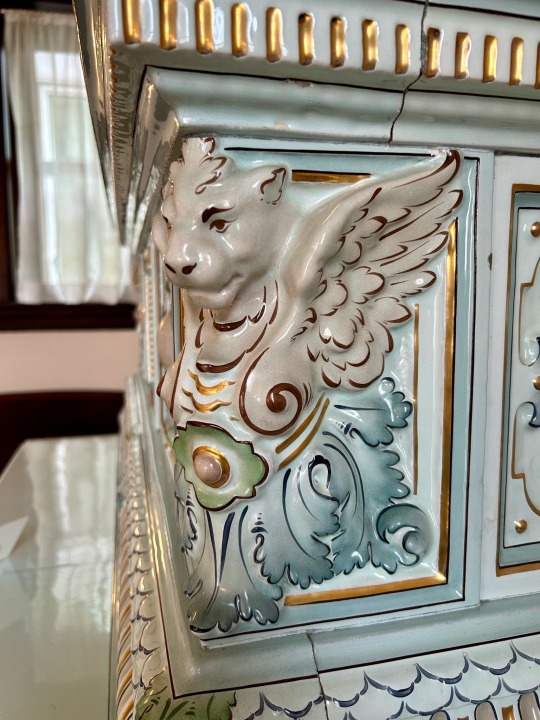#swedish ceramics
Text

Lisa Larson katter Lilla Zoo. Designed in 1955. Produced in 1956-1978.
2 notes
·
View notes
Text
Stig Lindberg, Gustavsberg, Sweden
Reptil Vase
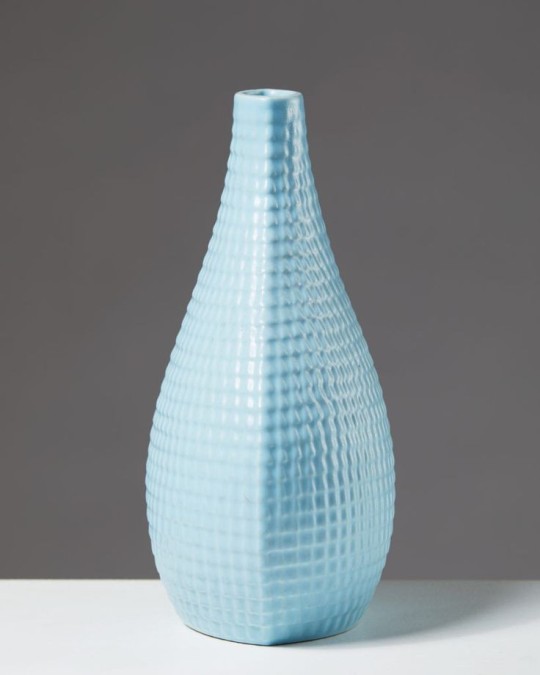
6 notes
·
View notes
Text
Wilhelm Kåge, Gustavsberg, Argenta series.
Rare blue argenta bowl with 925 sterling silver decor, ca 1930s. Designed by Wilhelm Kåge for Gustavsberg, Sweden.

#gustavsberg#Wilhelmkåge#argenta#1930s#30s#925sterlingsilver#925silver#vintage ceramics#antique ceramics#Wilhelm Kåge#sweden#swedish ceramics
4 notes
·
View notes
Text
youtube
Hi there! I made a new little video :}
I have been asked how I make stamps and how I decorate some of my mugs and things, and it's really quite simple as you can see in this video!
42 notes
·
View notes
Text

Cherryforest
Stunning mid century modern table lamps available now at Cherryforest.
6 notes
·
View notes
Text
Lillemor Mannerheim, Gefle, Sweden, "Narciss", mid 20th century
Available at auctionet.com
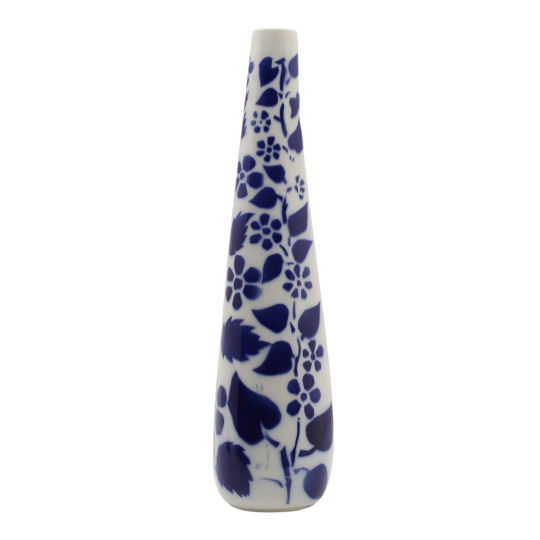

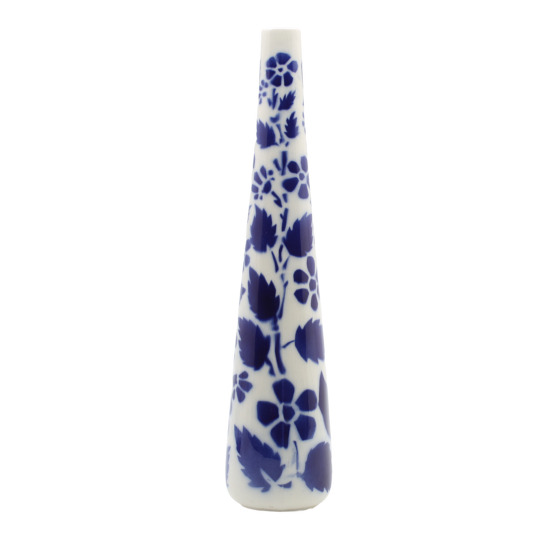



2 notes
·
View notes
Text
The Swedish Cogs
Last year, archaeologists found the remains of two medieval cogs during an excavation in the town of Varberg in western Sweden. The two wrecks lay on what was once the shoreline of the town of Getakärr. They were not very far apart, just 9m, and were christened Varbergskoggen 1 and Varbergskoggen 2. The first cog is the better preserved, here the almost complete port side is present, which is about 20.5 metres long and 5 metres wide. The remains of the second ship are the forward end of the bottom of the hull, about 8 metres long and 4.5 metres wide.

The Wreck of Varbergskoggen 1 (x)
However, these do not appear to be local vessels, as dendrochronology revealed that the wood for Varbergskoggen 1, was felled 1346 in the Netherlands, Belgium or north-eastern France.
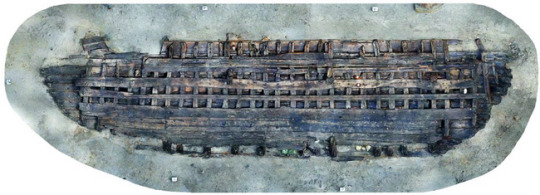
Varbergskoggen 1 (x)
The wood for Varbergskoggen 2, on the other hand, was felled in Poland between 1355-57.

The wreck of Varbergskoggen 2 (x)
During the excavations, a number of objects of daily use left behind by the crew were found in the area of the wracks. The archaeologists found leather shoes, wooden utensils (spoons, bowls), ceramic parts of barrels, and in Varberg Cog 1 they also found a considerable amount of rigging, spare parts, ballast stones and other elements of the ship's equipment.

A wooden spoon, block disc (rigging equipment) from Varbergskoggen 1 and a small wooden figurine (x) (x)
The reason for the sinking is not known, but it could have been a storm.
67 notes
·
View notes
Text
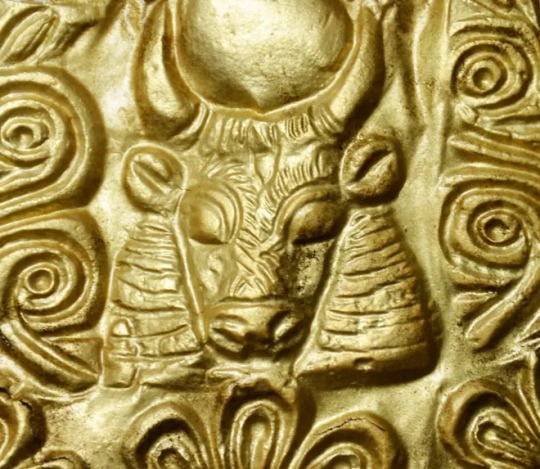
Tombs Rich in Artifacts Discovered in Cyprus
An archaeological expedition from Sweden's University of Gothenburg has uncovered tombs rich in artifacts and antiquities in Cyprus that makes the discovery among the richest ever found in the Mediterranean region.
Peter Fischer, the leader of the expedition and a professor of archaeology at the University of Gothenburg, said “considering the richness of the grave goods, it is a reasonable assumption that these were royal tombs, even though we do not know much about the form of government practiced in the city at the time."
Fischer believes that the artifacts, found just outside the Bronze Age trading city of Hala Sultan Tekke, indicate the tombs' occupants ruled the city, which was a center for copper trade between 1500–1300 BCE. The tombs, located outside the 50-hectare city, consist of underground chambers of varying sizes, accessed via a narrow passage from the surface.
Cyprus' Department of Antiquities, in an update posted to their website, noted: "The city’s wealth seems to have been based on the production of copper and trade with near and distant cultures. Judging by the rich burial gifts, the tombs belonged to families of the city’s ruling class who took part in the export of copper and intercultural trade."
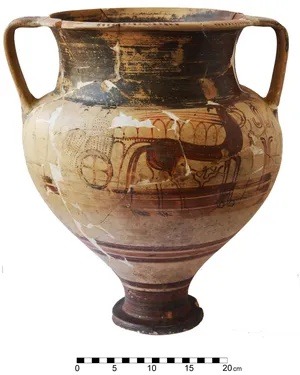
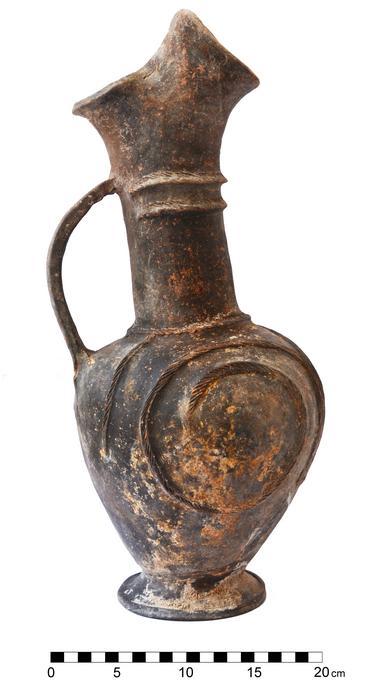
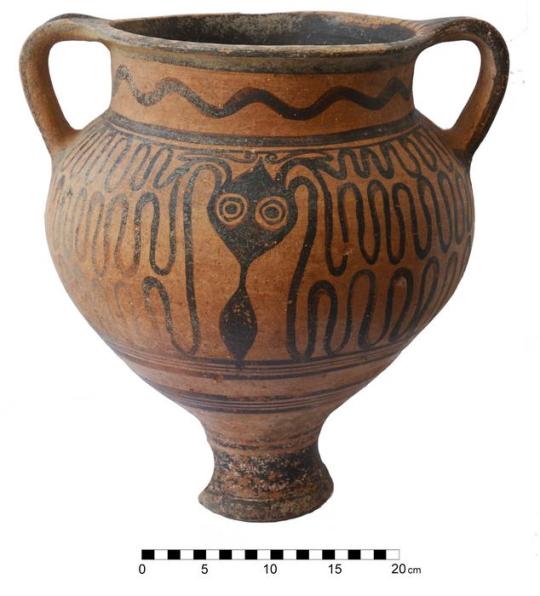
Unearthed artifacts include imports from Egypt, Baltic region
The Swedish Söderberg expedition has been carrying out excavations in Hala Sultan Tekke near the city of Larnaca on the south coast of Cyprus since 2010. Though the expedition has previously found chamber tombs with valuable grave goods, the latest discovery is unprecedented given the superb quality and quantity of artifacts.
“We found more than 500 complete artifacts distributed among two tombs. Many of the artifacts consist of precious metals, gems, ivory and high-quality ceramics," Fischer said.
About half of the artifacts unearthed during the expedition are believed to have been imported from different civilizations. For example, gold and ivory came from Egypt while precious stones, such as blue lapis lazuli, dark red carnelian and blue-green turquoise, were imported from Afghanistan, India and Sinai respectively. Amber objects from the Baltic region were also found among the artifacts.
The Department of Antiquities said that three chamber tombs, preliminarily dated to the 14th century BC, were exposed. While one of them had been looted, most likely in the 19th century AD, the other two were "undisturbed", apart from the collapse of their chambers.
Items recovered from those include locally produced pottery and ornaments and numerous items of jewelry such as diadems, which are ornamental headbands. Embossed images of bulls, gazelles, lions and flowers adorn the diadems. Bronze weapons, some inlaid with ivory, were also recovered as well as a gold-framed seal made of the hard mineral hematite with inscriptions of gods and rulers.
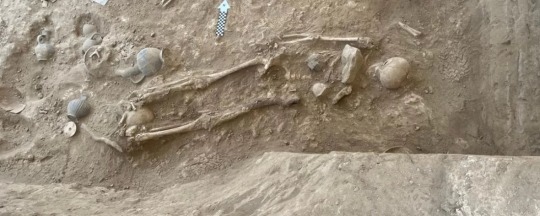
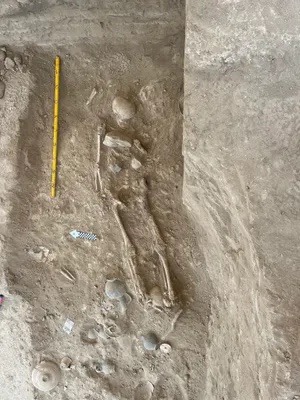
"Several items of ivory and faience are imports from Egypt during the famous 18th Dynasty, the time of the well-known pharaohs Thutmose III, Amenophis IV (Akhenaten) and his wife Nefertiti," said the department.
The excavation team used magnetometers, a type of instrument that can produce images showing objects and structures up to two meters beneath the surface, to carry out their expedition, according to the university.
Besides artifacts, the research team also unearthed several well-preserved skeletons in the tombs including one of a woman surrounded by dozens of ceramic vessels, jewelry and a round bronze mirror. A one-year-old child with a ceramic toy also lay beside her.
By Saman Shafiq.
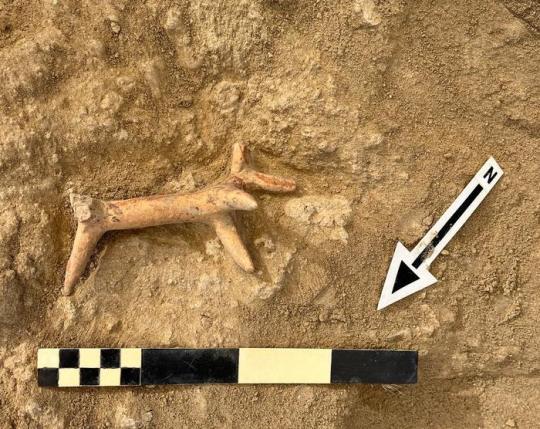
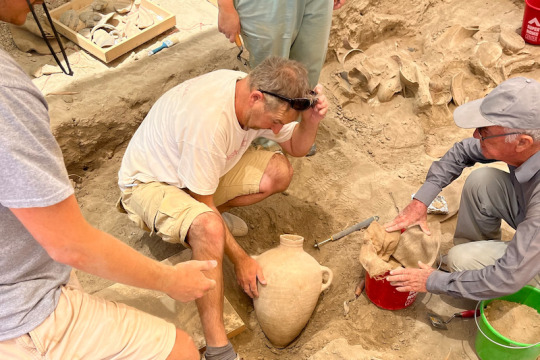
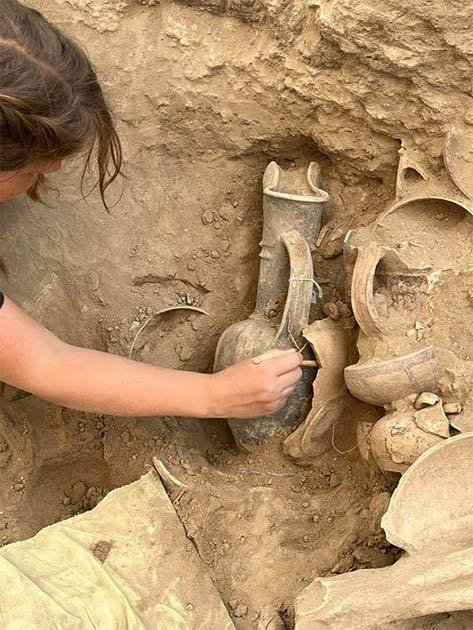
#Tombs Rich in Artifacts Discovered in Cyprus#Bronze Age city of Hala Sultan Tekke#ancient tomb#chamber tombs#ancient graves#ancient artifacts#archeology#archeolgst#history#history news#ancient history#ancient culture#ancient civilizations
40 notes
·
View notes
Text
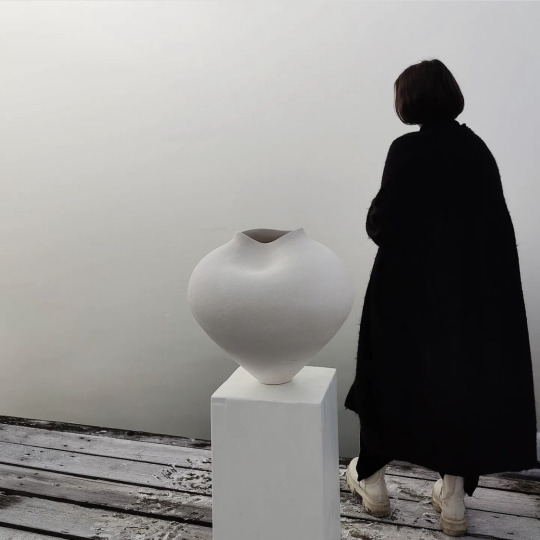
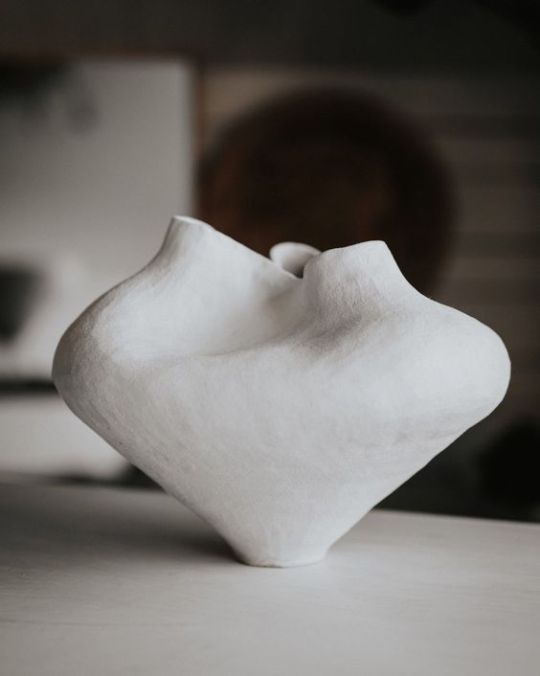
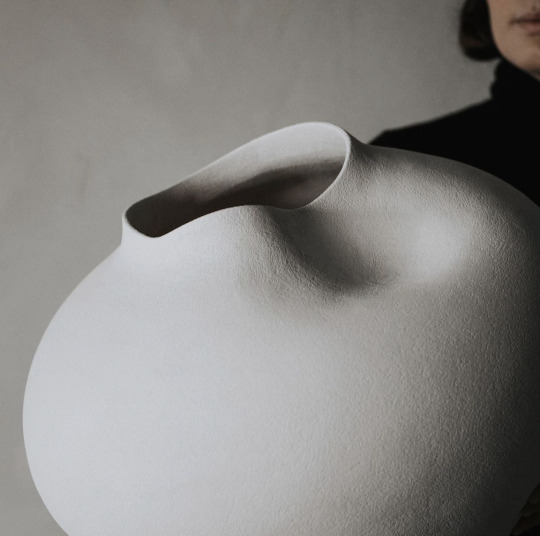
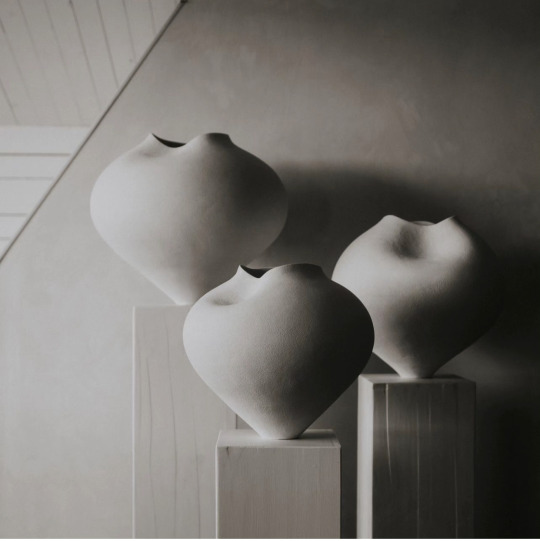
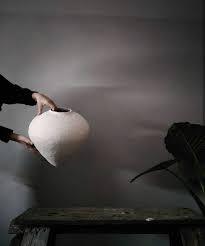

Emelie Abrahamsson is an emerging ceramic artist based in Hönö, an island in the Swedish archipelago. Since 2018, she has been working with ceramics, opening her own working studio in 2021 in her grandfather's old boathouse. Today, she runs her own company called mliceceramics, with a strong focus on raw clay traditionally formed into soft, organic shapes - modern ceramic pieces combining art, design and functionality.
Abrahamsson’s body of work entitled Curves exemplifies the artist’s preference for working with natural textures and strong shapes on a large-scale - realised through building up and sculpting stoneware clay incrementally using the hand building technique of coiling. Motivated by the history and soul of the ceramic tradition, Abrahamsson maintains a childlike curiosity for materiality and ways to understand her surroundings - cultivated within her through her youth spent in Hönö and her early inquisitions into the land and ocean around her.
“I work with clay. That’s what I do. Building up and sculpturing stoneware clay bit by bit. As I use the coiling technique to sculpt my ceramic pieces, the main tool is my hands. I want to simultaneously create a timeless, unique and modern product. During the years when I grew up in Hönö, I was always curious about new materials and different ways to understand my surroundings, both on land and in the ocean. My curiosity as a child still lives within me every time I start building a new ceramic piece. I want my work and design to both impact its surroundings and to stand strong alone - to feel elegant in its environment. I love to work with natural textures and large shapes, but what inspires me the most must be the history and soul of the ceramic tradition. I am thankful to be a part of the ceramic tradition” - Emelie Abrahamsson
13 notes
·
View notes
Text
Retro Interior Design Elements
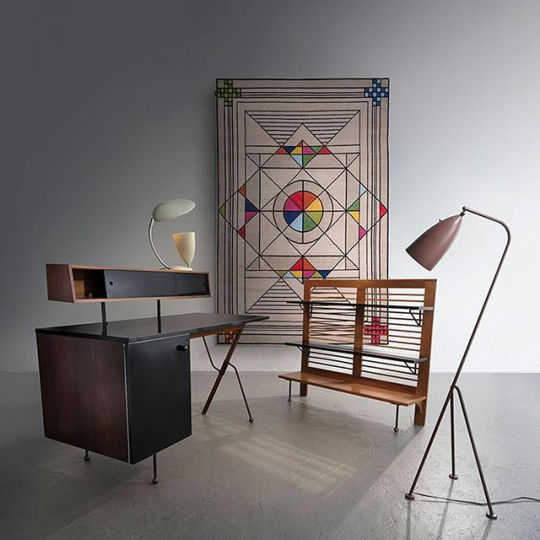
Swedish mid-century modernist GretaMagnussonGrossman. - Vintage furniture with geometric tapestry, mid-century desk, classic chair, and retro lamps in a modern setting.
Follow Ceramic City on Tumblr
Source: https://research-lighting.tumblr.com/post/747421841683038208/swedish-mid-century-modernist
#vintage#midcentury#retro#modern#design#product design#home#decor#decoration#home decor#home design#interiors#interior design#living room#bedroom#kitchen#buildings#architecture#furniture#furniture design#industrial design#minimalism#minimal#living rooms#lighting design#lights#bathroom#contemporary
8 notes
·
View notes
Text
Gunnar Nylund, Rörstrand, Sweden
Collection of vases
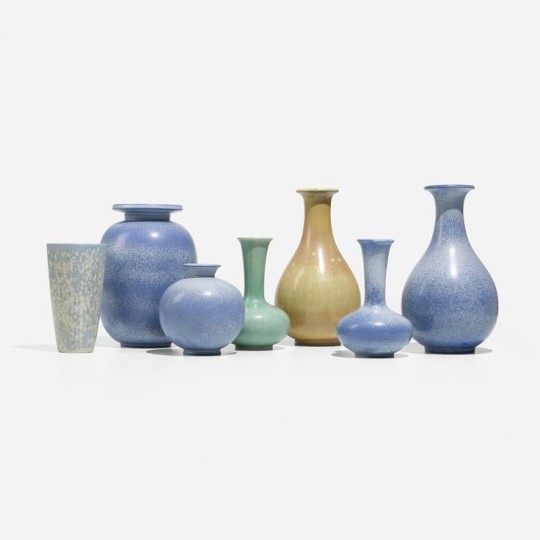
#rörstrand#gunnar nylund#gunnarnylund#swedishantiques#swedish ceramics#swedishceramics#vintage ceramics#scandinaviandesign
3 notes
·
View notes
Text
Berndt Friberg, Gustavsberg, Vase, 1965

#gustavsberg#berndtfriberg#berndt friberg#swedish ceramics#swedishceramics#scandinaviandesign#vintage ceramics#vintage#vintageceramics#vintagevase
4 notes
·
View notes
Text

Blue Jug and Sycamore - Brita Granstrom
Swedish, b.1969 -
Acrylic on canvas , 23.5 x 27.5 in.
47 notes
·
View notes
Text
Lussekatt aka lussebulle aka saffransbulle aka lussekuse aka julkuse aka dyvelskatt - kärt bakverk har många namn 🤤
Maybe these seem strange if you dont have an emotional connection to the saffron bun.
They are a tradition for advent, Lucia and jul (christmas) here in Sweden - let me know if you have the same in other countries?
Fun fact: they used to be called dyvelskatt/dövelskatt meaning ”devils cat”.
There are some necklaces and tea infusers for your fika in my shop!
https://www.nymla.se/shop
These here are real edible saffron buns:
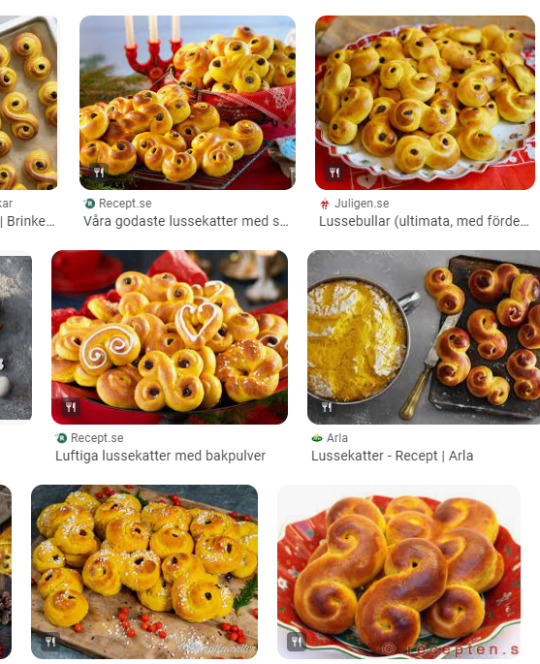
Music: Carol of the Bells (Celtic Version) by Alexander Nakarada (www.creatorchords.com)
Licensed under Creative Commons BY Attribution 4.0 License
https://creativecommons.org/licenses/by/4.0/
32 notes
·
View notes
Text
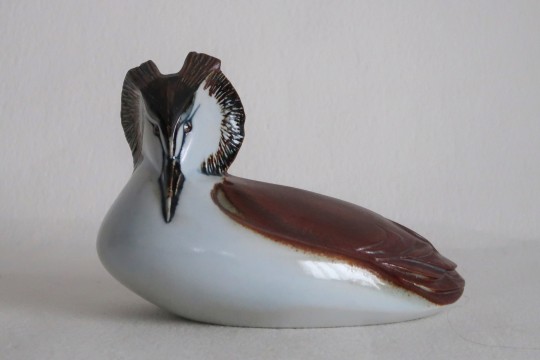
Cherryforest
Great Crested Grebe. figurine by Paul Hoff, new in at Cherryforest.
#great crested grebe#paul hoff gustavsberg#etsyseller#etsyvintageseller#midcenturymodern#art ceramics#swedish#cottagecore#etsyshop#getitonetsy
5 notes
·
View notes
